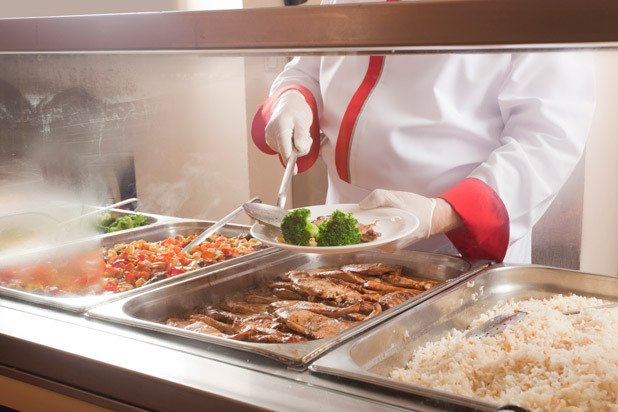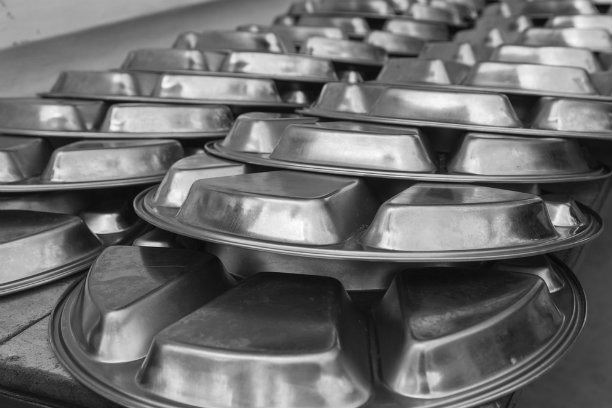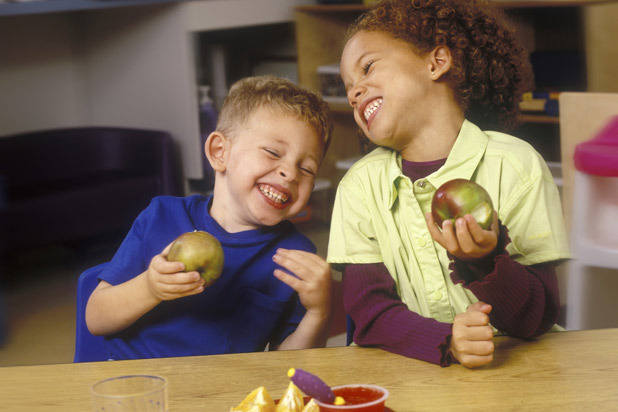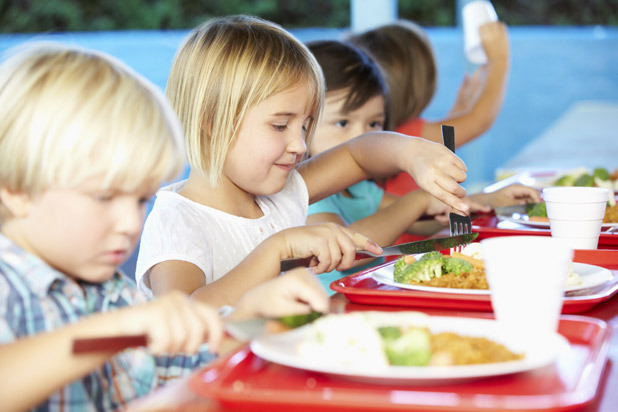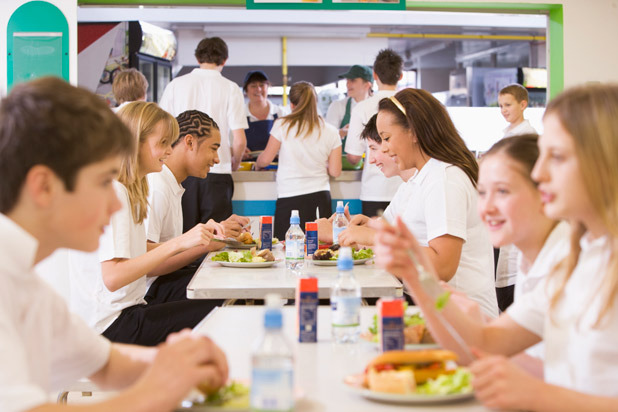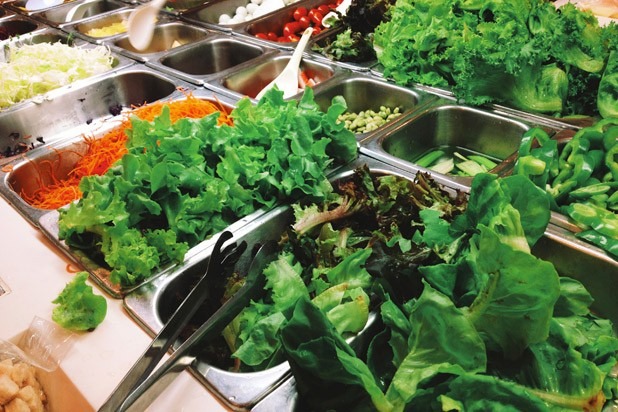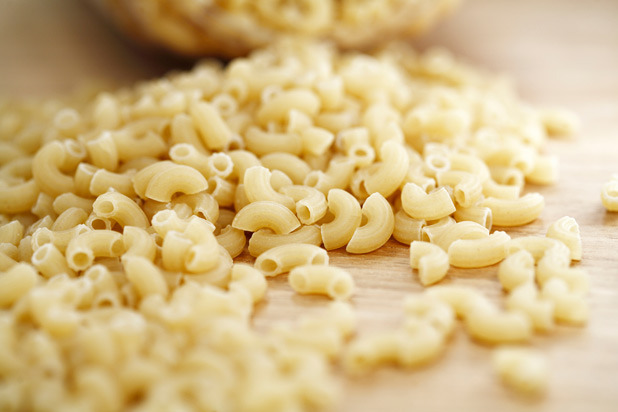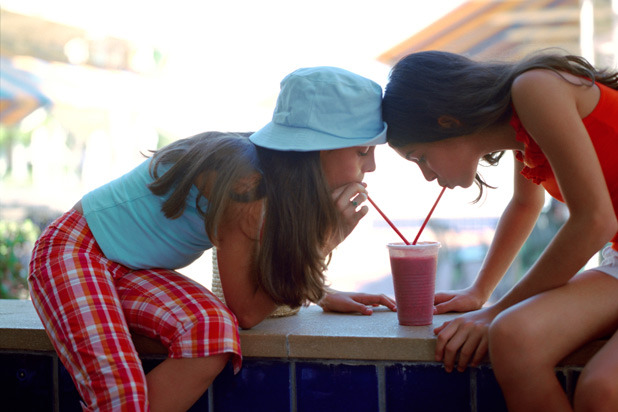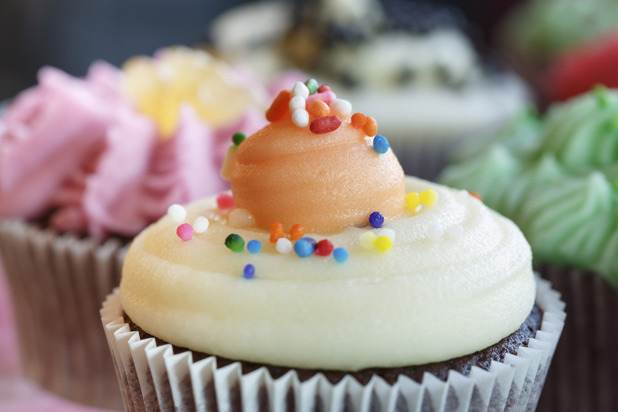11 Things Parents Need To Know About School Lunch Programs (Slideshow)
Since the National School Lunch Program started in 1946, over 224 billion lunches have been served. Each day about 32 million students get their lunch through the program.
Lunch: Then & Now
A sample menu for an elementary school student is focused on meeting healthy meal standards. Under the Obama administration, the standards were updated to offer kids more balanced meals without junk food. So instead of the old menu of pizza sticks and marinara sauce with a banana, raisins, and whole milk, kids are now served a chef's salad with low-fat salad dressing, corn, carrots, a banana, and skim chocolate milk..
Myths & Facts
The updated guidelines for healthy school lunch programs have been controversial, especially with those who think the new rules are too restrictive. In response, the USDA has "Setting the Record Straight" talking points, which refute "myths" with "facts." For example, regarding the myth that "schools can no longer serve seconds and leftovers," they say leftovers can be served as seconds on the same day or stored and offered on another day.
Fun with Fruit
Getting kids to eat more fruit is a health goal for school lunches. Citing a Harvard study that found kids are now eating 23 percent more fruit at lunch because of updated standards, the USDA has a goal for 2014-2015 of serving more fruit at breakfast. Fruit, which can be fresh, canned, dried, or frozen, can be served whole, cut, or puréed. Recommended fruit options include bananas, grapes, peaches, and applesauce.
Price
The NSLP costs $11.6 billion a year. In the 2013-2014 school year, kids could get free lunch if their family income was below 130 percent of the poverty level, which was $30,615 for a family of four. Income between 130 percent and 185 percent of the poverty level ($30,615 to $43,568 for a family of four) guaranteed a student a reduced meal price of 40 cents or less for lunch.
Eligibility
Students can qualify for free lunches from the NSLP if they or any member of their household receive SNAP benefits or participate in other assistance programs, or of the student is homeless, a runaway, a migrant a foster child, or enrolled in a federally-funded Head Start Program.
Salad Bars
NSLP encourages schools to offer salad bars during lunch, explaining, "Schools with salad bars offer a wider variety of vegetables and fruits than other schools." Plus, eating salads can teach students nutrition and encourage them to eat fruits, vegetables, and legumes. The problem? It's tough for schools to know how much salad a student consumes. The solution is to offer planned portion sizes, such as a cup of lettuce as a base for a salad.
Whole Grains
The program has whole grain standards concerning breads, pastas, cereals, and other grain foods. The standards are flexible these days since many participating schools recently complained some whole-grain-rich foods didn't hold up. For example, "lasagna and elbow noodles, degraded easily during preparation and service and were difficult to use in larger-scale cooking operations."
Smoothies are OK
Kids who want a tasty and refreshing smoothie at school can thank the government for approving the drink. In this five-page memo, the USDA discusses the benefits of yogurt in smoothies, concluding that they "will allow yogurt in smoothies to credit as a meat/meat alternate for the breakfast meal pattern," noting that, "the addition of yogurt to a smoothie does not serve as a substitution for milk." That means schools will still offer milk to kids, even when smoothies are on the menu. By the way, the USDA says smoothies can be served at any meal.
Appealing & Filling Foods
In an effort to make meals appealing and filling, the USDA advises schools to offer more fruits and vegetables, boosting flavor with herbs, spices, and lower-sodium sauces. It also recommends creatively marketing and presenting foods, and offering students the chance to taste-test dishes.
No Ban on Bake Sales
Contrary to all the rumors, bake sales aren't banned under HHKFA, which overhauled the NSLP. But new changes to the program, which took effect July 1, do mean that states have to decide how many competitive foods and beverages (i.e., treats sold at a school bake sale) can be sold each school year. Plus, the foods and drinks have to be healthy, keeping sodium under 230 milligrams per item and containing zero trans fat.

